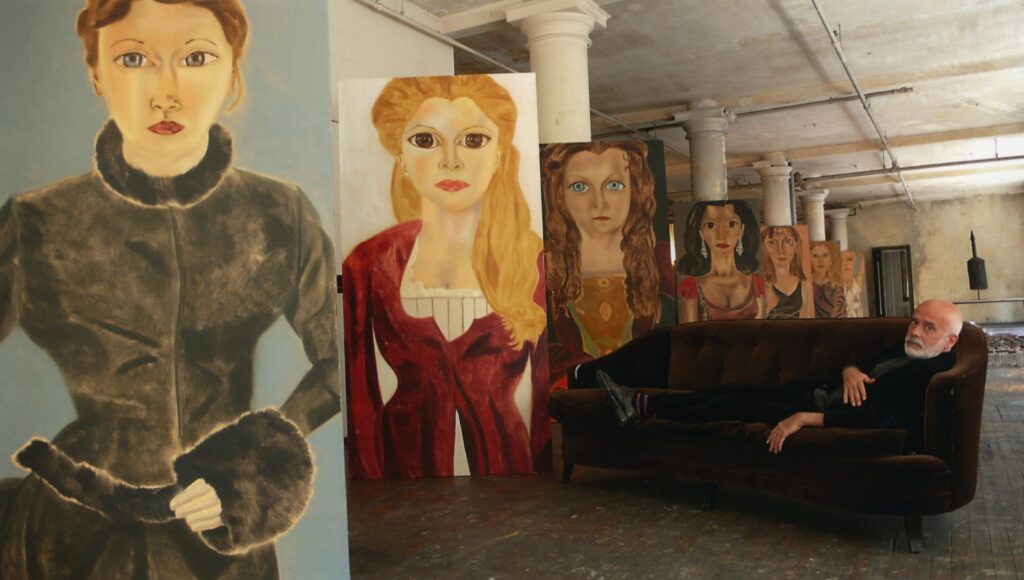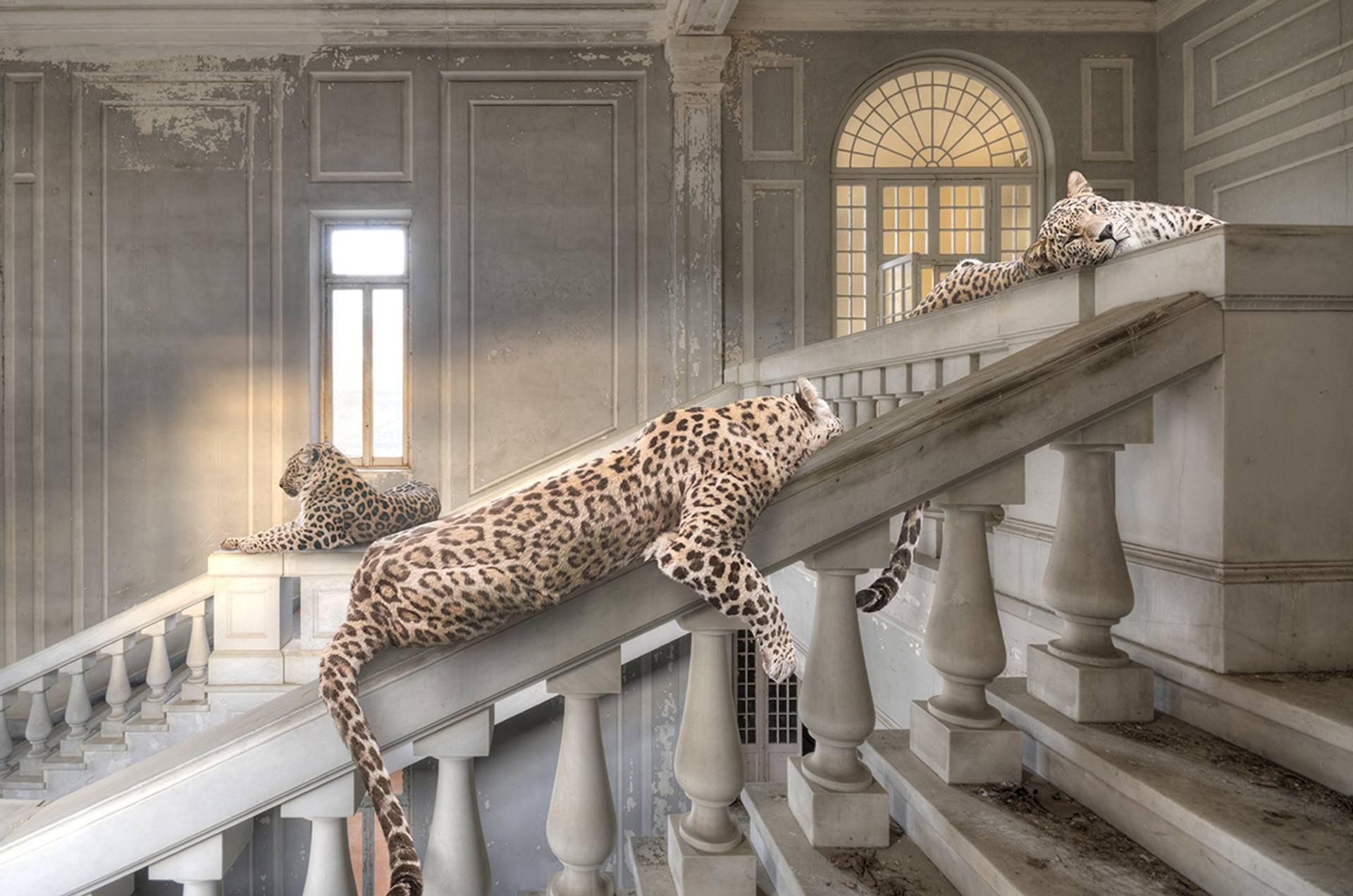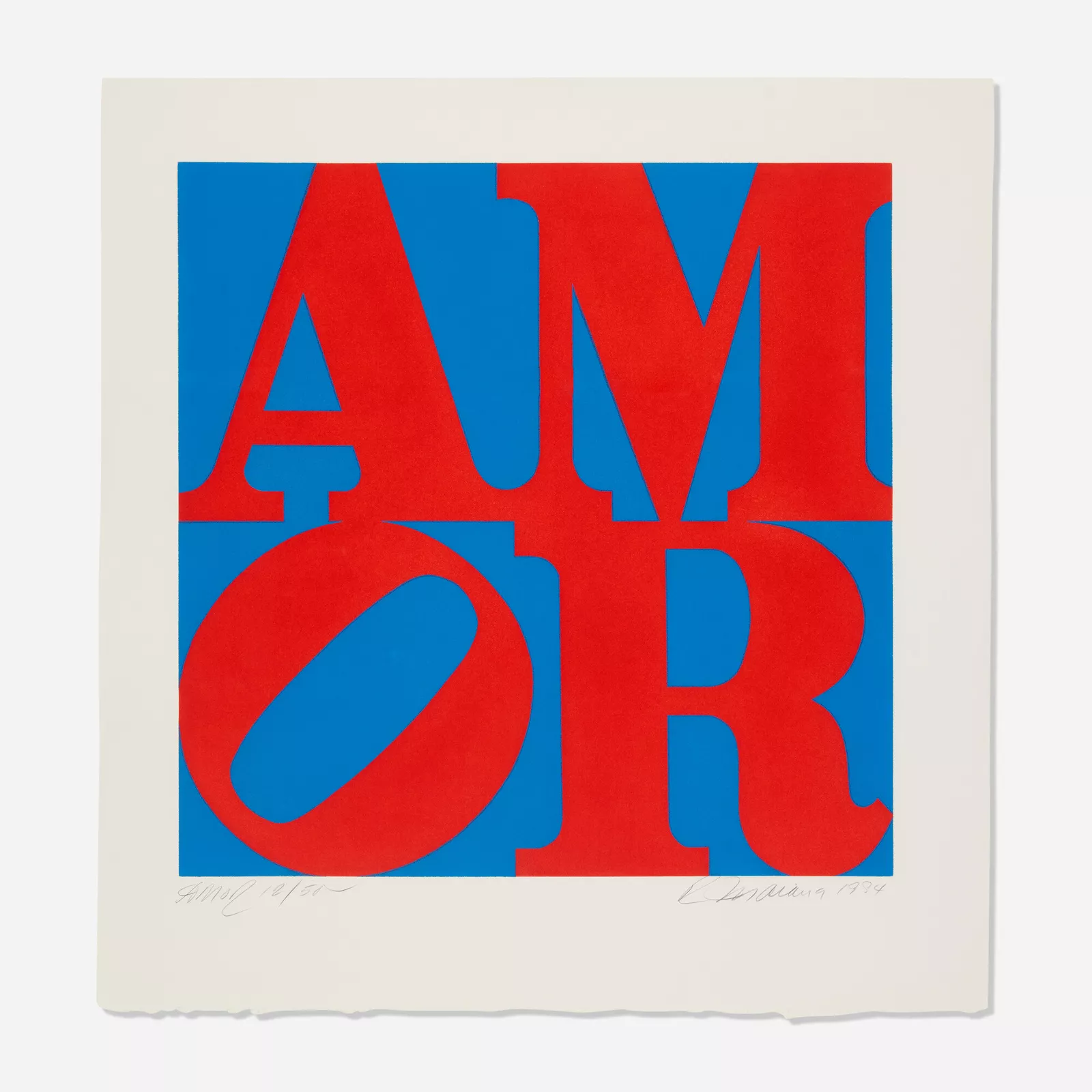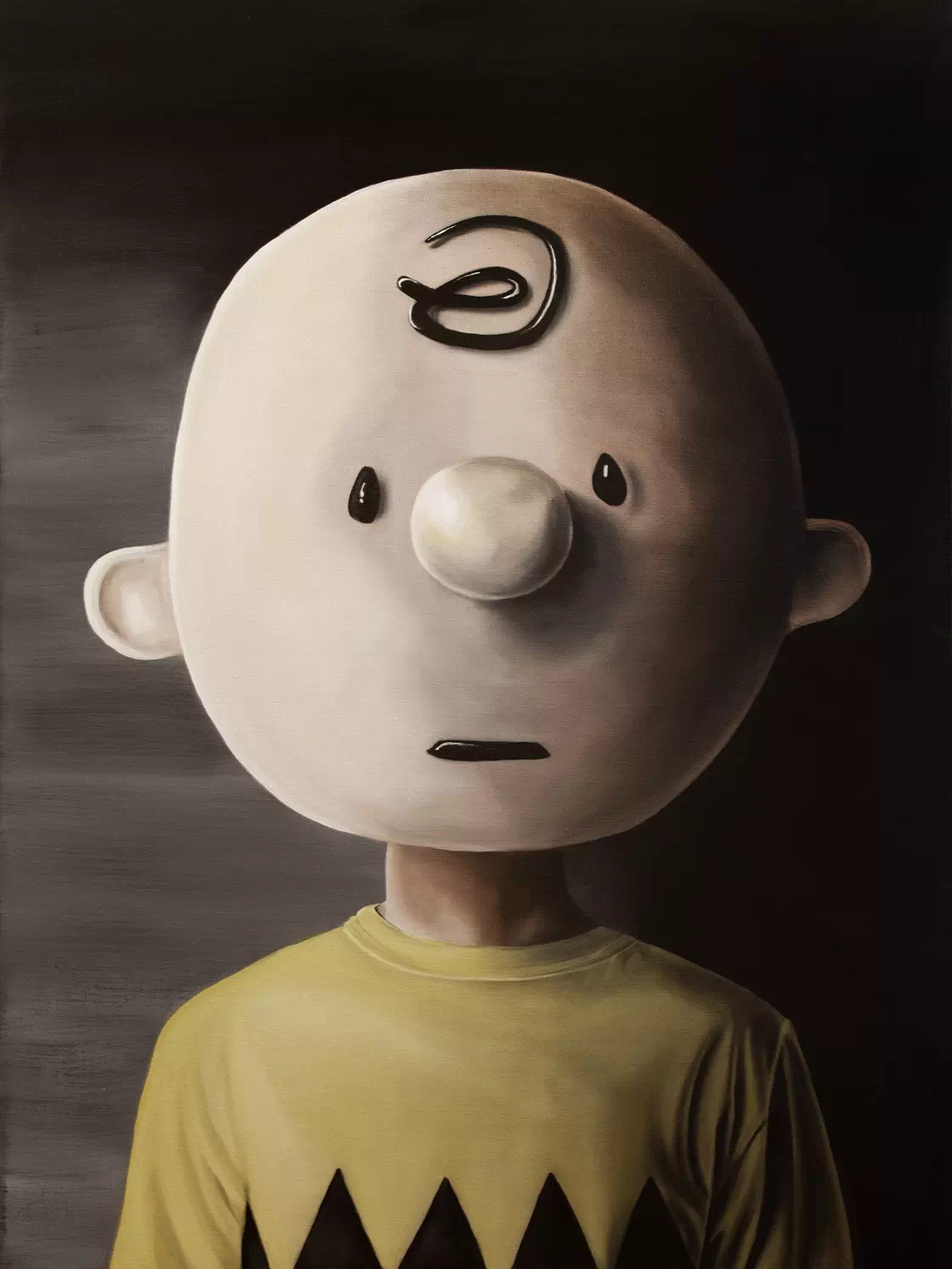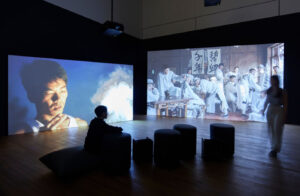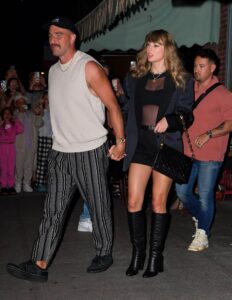painting for a cause, feeling for humanity
In the cavernous quiet of a New York loft, Francesco Clemente rests against the velvet of a dark sofa, his gaze contemplative, his world surrounded by faces that are not his own yet speak in his voice. Around him rise monumental portraits — women rendered with ethereal calm and spectral poise. Each pair of eyes holds an ocean; each painted subject seems caught between presence and dream.
This image captures more than the artist’s studio; it encapsulates the spirit of a work that transcends art’s material form. The Francesco Clemente Portrait Commission, offered to benefit The Coral Collective — a Project Zero environmental initiative — marks a rare intersection of artistic introspection and ecological advocacy. In Clemente’s hands, portraiture becomes not only a mirror of the human soul but also an emblem of collective consciousness — a visual plea for connection, compassion, and restoration.
the Artist: francesco clemente and the mysticism of flesh
Born in Naples in 1952, Clemente belongs to the lineage of artists who emerged from the late 20th-century Neo-Expressionist wave, yet his language remains distinctly his own. Where his contemporaries—like Basquiat, Schnabel, or Salle—shouted their visions in raw chromatic bursts, Clemente whispered. His was a voice steeped in introspection, mythology, and metaphysical unease.
Since the 1970s, Clemente’s work has traversed continents and consciousness. From Rome to Madras, from the rituals of Tantric art to the poetry of the Beat Generation, his canvases draw on the global and the personal. The self-portrait dominates his oeuvre — not as vanity but as reincarnation, a vessel through which he channels archetypes, lovers, saints, and muses.
In this context, The Portrait Commission stands as an extension of that lifelong investigation into identity. The works visible in this studio photograph — towering female figures painted with Clemente’s signature almond eyes and subdued palette — embody the liminal tension between familiarity and otherness. Each sitter, though individual, becomes part of a shared consciousness. They are both muse and mirror — human and elemental, like coral in the sea.
the studio as theater
Clemente’s studio itself is a stage — stripped, industrial, cinematic. The exposed beams, concrete floors, and classical columns form a visual tension between the sacred and the ruinous. It’s in such environments that his portraits breathe; they belong not in sterile galleries but in living, haunted spaces where the echoes of silence become part of the dialogue.
In the image, the artist reclines — almost dissolving into the brown velvet of the sofa, dwarfed by his own creations. The composition reads like a Fellini frame or a Visconti tableau: baroque yet melancholic, suggestive of memory, mortality, and the quiet ache of creation.
Each painting behind him is monumental not only in scale but in psychological weight. Their eyes, oversized yet unjudging, seem to look inward more than outward. They confront the viewer not with accusation but with acceptance — the way the ocean absorbs rather than reflects. This motif — the “absorbing gaze” — recurs throughout Clemente’s career, from his Indian-inspired gouaches to his connections with poets like Allen Ginsberg and Rene Ricard.
the commission: an act of exchange
At its core, the Francesco Clemente Portrait Commission is not just an artwork but an invitation. The buyer isn’t purchasing a static painting; they are participating in a dialogue — offering themselves as muse, collaborator, and cause supporter. The proceeds benefit The Coral Collective, a Project Zero initiative dedicated to ocean restoration and coral reef preservation.
In an era when art auctions often symbolize excess, Clemente’s gesture redirects value toward vitality. The ocean, like art, is a living archive of beauty and fragility. Coral reefs are both literal ecosystems and metaphors for the intricate interdependencies of life. To commission a portrait in Clemente’s hand, therefore, is to commit to the regeneration of both cultural and environmental ecosystems.
It’s fitting that Clemente’s art — always concerned with spiritual balance and transformation — now contributes to an ecological equilibrium. In his portraits, color and consciousness merge; in this project, art and activism intertwine.
symbolism and the female form
The women in Clemente’s paintings are not objects of desire but oracles of being. Their faces, elongated and mask-like, recall Byzantine icons, while their expressions exude a dreamlike serenity. Clemente’s palette — muted ochres, reds, and earthy browns — evokes both soil and skin, grounding his figures in organic sensibility.
In the Portrait Commission, Clemente offers to create a new likeness — a sitter transformed through his symbolic lens. The artist’s gaze is neither literal nor flattering; it’s metaphysical. He paints the aura, not the anatomy. In a Clemente portrait, to be seen is to be translated — to become myth.
His treatment of women reflects reverence rather than representation. They are vessels of empathy and endurance, embodying the same quiet power that corals possess beneath the waves — fragile yet foundational, ornamental yet vital.
the cause: project zero and the coral collective
Project Zero, a global ocean conservation initiative, works to create marine protected zones and to fund restoration of damaged ecosystems. Its Coral Collective focuses specifically on coral reefs, among the most biodiverse and endangered systems on Earth. The sale of Clemente’s commission aligns art with urgency: creativity as catalyst for climate consciousness.
By contributing the proceeds to this cause, Clemente joins a growing lineage of artists using their platforms for planetary repair. Just as Agnes Denes planted forests and Olafur Eliasson built ice installations to visualize melting glaciers, Clemente uses the timeless language of portraiture to remind us of continuity — of life, water, and regeneration.
In a sense, his studio becomes an ocean of faces — each painting like a coral fragment, each sitter part of an interconnected reef of humanity.
the emotional architecture of the portrait
Clemente’s portraits operate like slow meditations. His brushwork is delicate, his gaze unwavering. The large eyes — sometimes compared to Modigliani’s — are windows into emotional geometry. They suggest not surveillance but surrender.
This emotional architecture is what makes a Clemente portrait so distinct: it’s not realism but resonance. The sitter becomes an emblem of universal longing, caught in the space between dream and devotion.
The commissioned portrait continues this lineage — an offering to the timeless dialogue between artist and subject. It is a process that honors vulnerability, for to sit for Clemente is to be revealed, not as one is seen by others, but as one is felt by oneself.
art, activism, and bequest
The Francesco Clemente Portrait Commission exemplifies how art can transcend its traditional role. Rather than functioning merely as aesthetic commodity, it becomes an act of conservation — of both nature and narrative.
In today’s market, where art often trades hands faster than it can accrue meaning, Clemente’s project re-centers art as communion. The sitter participates in a legacy that bridges oceans — human and marine alike.
The proceeds’ destination — The Coral Collective — represents an urgent mission: saving the reefs that sustain 25% of all marine species. Art and coral share a paradox: both are fragile, and both are infinitely regenerative when protected.
Clemente’s gesture acknowledges this parallel. His works, which once explored the mysticism of the body, now extend toward the body of the Earth itself.
the contemporary relevance
In the context of 21st-century environmental art, this commission situates Clemente among the visionaries who see creativity as stewardship. While Damien Hirst dramatized marine death in vitrines and Zaria Forman translates glaciers into pastel elegies, Clemente’s approach is intimate and devotional. He paints not the sea, but the souls within it — each portrait a living reminder of interconnectedness.
As cultural institutions and collectors increasingly seek purpose-driven acquisitions, the Portrait Commission becomes a prototype for ethical collecting. It’s not about ownership; it’s about participation — the idea that the patron becomes part of the story, just as each coral polyp contributes to the reef.
the poetic undercurrent
There’s poetry in the gesture — in Clemente’s serene defiance of the art world’s haste. His works demand stillness, patience, introspection. They resist spectacle and instead invoke silence.
His connection with The Coral Collective becomes, therefore, a poem written in pigment and philanthropy. It invites the viewer — and the collector — to reflect on beauty not as possession, but as preservation.
The ocean, after all, is the planet’s oldest canvas. Clemente’s portraits, like coral reefs, are accumulations of time, devotion, and delicate labor. They remind us that creation and conservation are one and the same act.
a portrait of connection
The Francesco Clemente Portrait Commission is more than an opportunity to sit for one of the most spiritually resonant painters of our time. It is an emblem of renewal — personal, planetary, poetic.
Clemente’s legacy has always been rooted in empathy, and here that empathy extends outward, toward the Earth’s most endangered sanctuaries. To purchase this commission is to participate in a continuum of care: of art, of oceans, of existence itself.
In that New York studio, surrounded by faces that seem both ancient and unborn, Clemente reclines — calm, contemplative, eternal. Around him, his painted companions look on, guardians of feeling and fragments of coral consciousness. Together, they whisper the oldest truth art has ever told: that to see is to preserve.
No comments yet.

